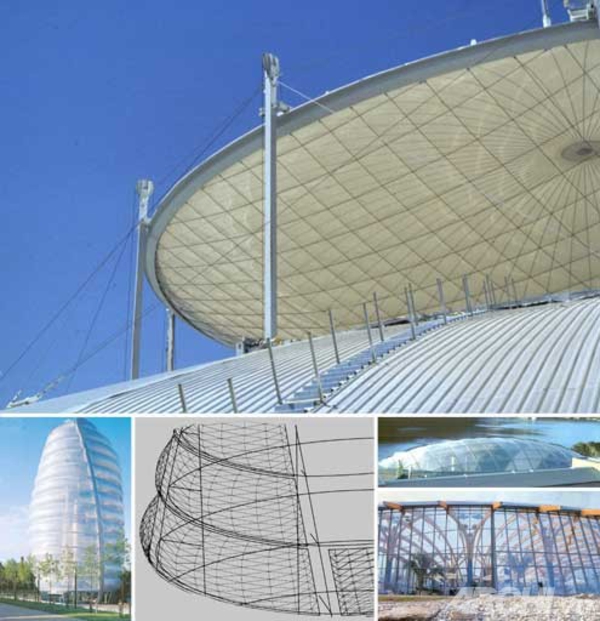The history of glass making can be traced back through thousands of years; however, designers and architects are now increasingly looking for sustainable alternatives. In the latter part of the 1900’s, ETFE foil emerged as the number one alternative to glass in buildings throughout the world. As we all move towards more sustainable living habits, the popularity and use of ETFE, both as a roof structure as well as in other elements of a building, continues to grow.
What is ETFE and why does it stand out so well as the number one global glass alternative?
Characteristics of ETFE
Obviously, the first characteristic of any glass substitute is that it needs to be transparent, or it is simply never going to work. ETFE ticks this box, so let us move onto the really impressive stuff.
When looking at ETFE in direct comparison to glass, an identical sized cut of the material weighs around only 1% that of glass. For this reason, ETFE is used to replace many roof structures in old buildings who are aiming to portray a more modern and innovative look. While ETFE is used throughout building structures, the foil can be punctured by sharp edges, so it is much more common and convenient to use as a roofing option.
ETFE is also highly cost effective, not only is it cheap to make but the costs of installation can be reduced by as much as 75% against those of installing a glass alternative.
Going Green
One of the huge appeals for ETFE in our modern, sustainable thinking world is that it is fully recyclable, self-cleaning, and does not erode due to air pollution. These characteristics make an ETFE roof a common feature in modern buildings that are built with the environment firmly in mind.
ETFE also transmits much more light than glass, and can be adapted to allow in varying light levels depending on where it is deployed. This leads to buildings being much more energy efficient, producing less carbon emissions and keeping costs down.
Notable examples of buildings that feature ETFE both in their roof and in overall structure are the Eden Project in Cornwall, England and the Allianz Arena in Munich, Germany.
Understanding ETFE
ETFE was first developed for use in the space industry, so any designers including it in their buildings do so with the confidence that it will deliver great results. Many businesses around the world have now developed variants and uses for ETFE, which has seen the advent of other brands and building materials, all based around the principles and characteristics of ETFE. Modern buildings and renovations will undoubtedly continue to use ETFE in the future, due to its many positive characteristics and uses.
Vector Foiltec invented the use of Texlon, and have developed the use of this innovative technology worldwide in the design and constructive industry. The ETFE roof is something they are very proud of.

